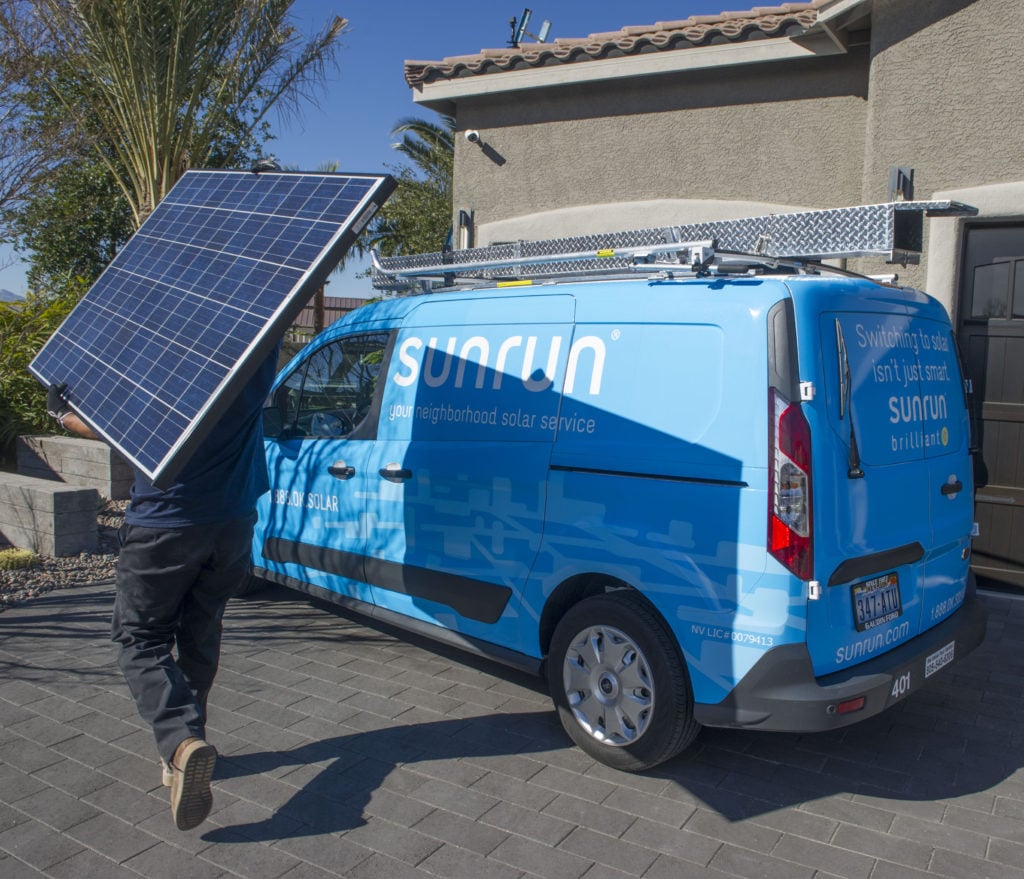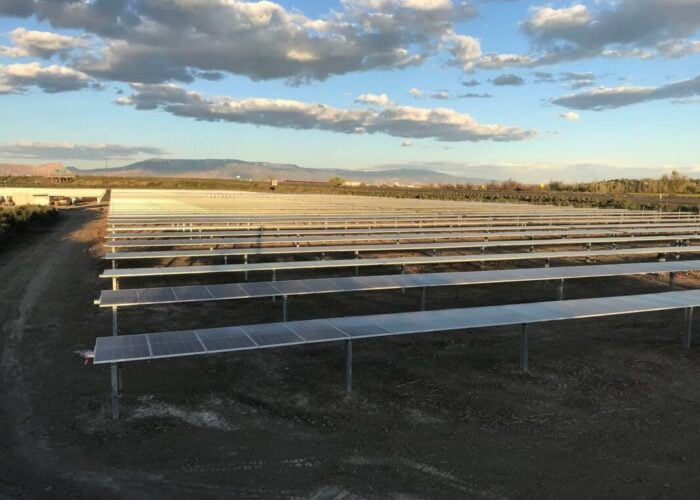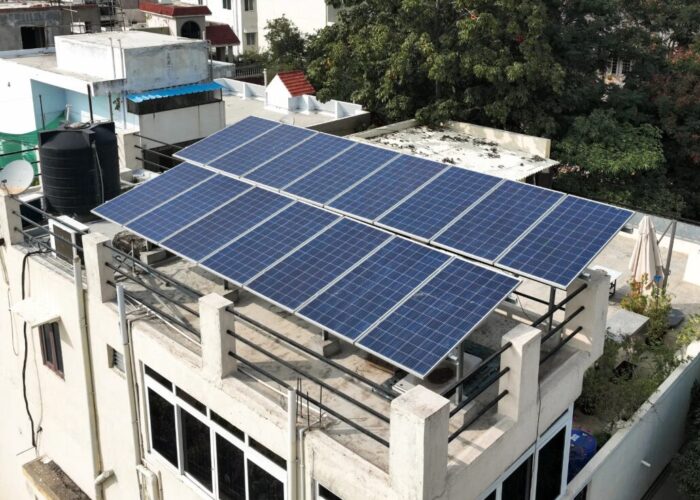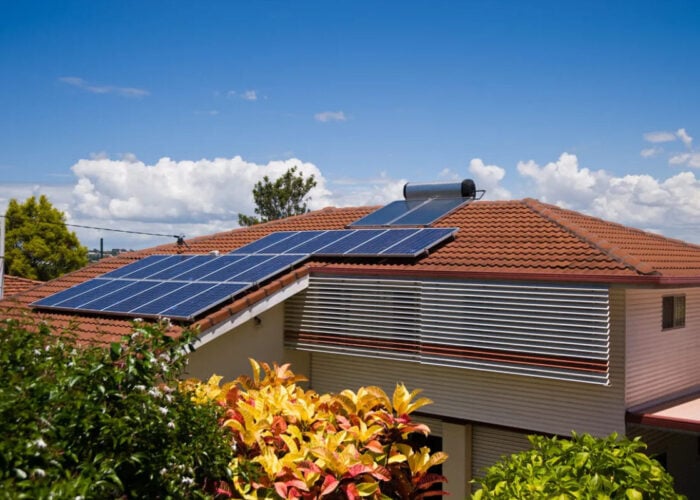
Support for distributed energy resources (DERs) like rooftop solar, community solar and battery storage could save Californian ratepayers US$120 billion over the next 30 years, according to a new report.
Commissioned by Local Solar for All and authored by grid modelling firm Vibrant Clean Energy, the report used national grid modelling to show how building an electricity system that combines and efficiently uses more local solar and batteries with utility-scale renewables could save the grid the equivalent of US$295 per year for the average Californian ratepayer.
Try Premium for just $1
- Full premium access for the first month at only $1
- Converts to an annual rate after 30 days unless cancelled
- Cancel anytime during the trial period
Premium Benefits
- Expert industry analysis and interviews
- Digital access to PV Tech Power journal
- Exclusive event discounts
Or get the full Premium subscription right away
Or continue reading this article for free
“What our model finds is that when you account for the costs associated with distribution grid infrastructure, distributed energy resources can produce a pathway that is lower cost for all ratepayers and emits fewer greenhouse gas emissions,” said Christopher Clack, founder and CEO of Vibrant Clean Energy.
The report argued that the sustained growth of DERs was more beneficial than relying entirely on utility-scale solar – the state would reduce 4.1 million metric tonnes more emissions through a focus on local solar and storage.
This is because DERs reduce the need for expensive transmission and distribution infrastructure as well as reducing how much utility-scale power is needed to serve California’s grid. The US Department of Energy (DOE) has recently launched free software that instantly approves permits for rooftop solar systems in a bid to cut red tape and increase deployment of DERs systems.
“We encourage the California Public Utilities Commission to require utilities to upgrade their planning models to those that take advantage of more and better data and accurately value local solar and storage,” said Rob Sargent, campaign director for Local Solar for All.
The report follows news this month that falling solar wholesale prices in California mean subsidies will likely be needed to sustain the cost-effective deployment of PV in the state over the next three decades.
Meanwhile, California Independent System Operator (CAISO) has almost 80GW of solar and 148GW of storage in its interconnection queue.






